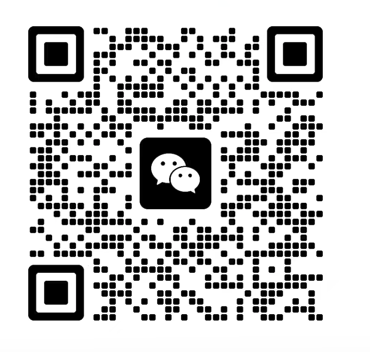6. Product testing (if necessary)
Testing requirements: According to the specific situation of the medical device, the certification body may require product testing. Testing is usually carried out in an EAEU - recognized laboratory, and the test content may include safety testing (such as electrical safety, mechanical safety), electromagnetic compatibility testing, and performance testing. For example, TR CU 004/2011 requires testing of insulation strength, grounding protection, and leakage protection for electrical medical devices; TR CU 020/2011 requires testing of electromagnetic interference and anti - interference capabilities.
Testing methods: The testing methods and standards should comply with the requirements of the relevant EAEU technical regulations.
7. Factory audit (if applicable)
Audit purpose: For some high - risk or special medical devices, the certification body may conduct a factory audit to confirm that the manufacturer's production capacity and quality management system meet the requirements. The factory audit may include on - site inspections of the production site, review of production processes, and evaluation of the quality control system.
Audit report: The certification body will compile an audit report based on the audit results, which will be used as part of the basis for the certification decision.
8. Certification decision and certificate issuance
Decision - making: Based on the results of the document review, product testing, and factory audit (if any), the certification body makes a certification decision. If the product passes all the tests and evaluations and the manufacturer's production and management system meets the requirements, the certification body will issue the CUTR Certificate of Conformity (EAC Certificate).
Certificate content: The EAC certificate usually includes information such as the product name, model, manufacturer information, applicable technical regulations, and the EAC mark. The certificate is valid for a certain period, usually 1 - 5 years, depending on the product category and certification scheme.
9. Post - certification requirements
Labeling: After obtaining the certification, the medical device must be affixed with the EAC mark on the product and/or packaging to indicate that the product has passed the conformity verification procedure under the EAEU technical regulations and has obtained the EAC certificate.
Continuous supervision: During the validity period of the certificate, the manufacturer may need to accept annual supervision and review by the certification body to ensure the continuous stability of product quality and the compliance of the production process. In addition, the EAEU member states may conduct random inspections, and the manufacturer should retain technical documents for at least 10 years.
It should be noted that the specific certification process may vary depending on the type of medical device, the certification body, and the specific requirements of the EAEU technical regulations. It is recommended that manufacturers consult with a professional certification agency to ensure a smooth certification process.
__kindeditor_temp_url__海关联盟EAC认证中心/上海经合工业设备检测有限公司
Центр сертификации EAC Таможенного союза 沪ICP备10027014号-14
地址:上海浦东新区高科东路777号1号楼2017室 021-36411223 021-36411293 skype: gostchina
E-mail: eac@cu-tr.org 微信和手机:18621862553 海关编码查询 沪ICP备10027014号-3
网站内容和图片版权所有,未经允许,不得转载复制拷贝和使用 海关编码




